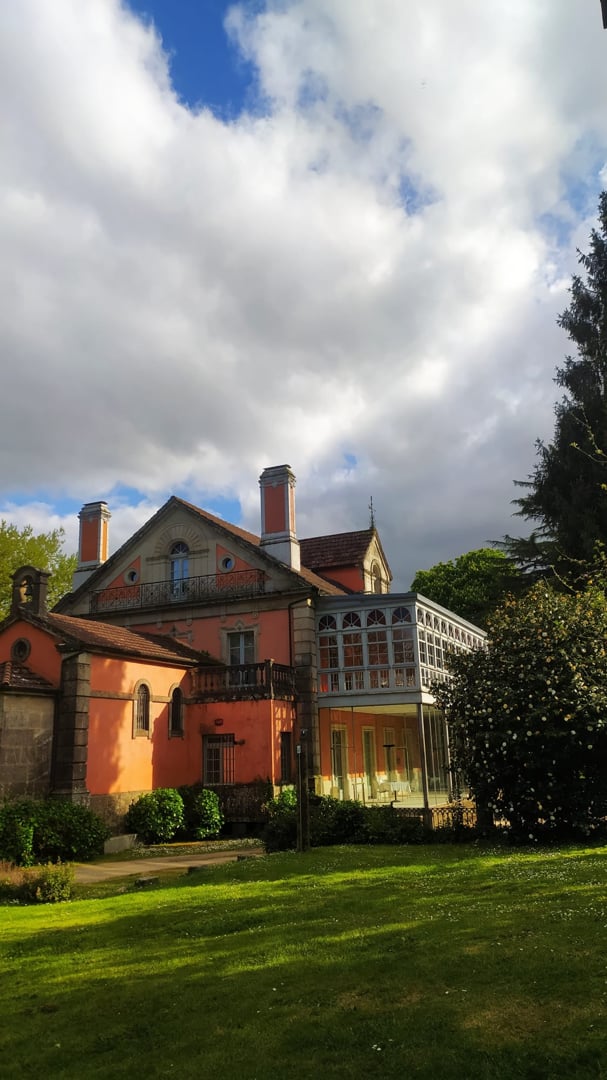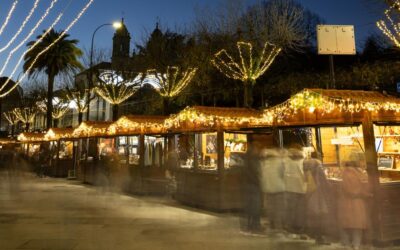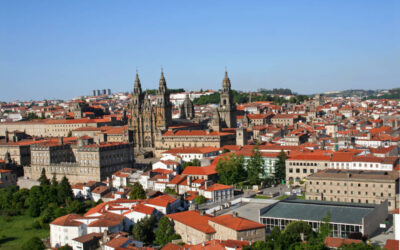The
Vista Alegre Park
located in the neighborhood of the same name, is one of the most striking green areas of Santiago and stands out for the great variety of plant species that hosts its enclosure of about 35,000 square meters, bounded by walls.
The first records of this area date back to 1796, in some maps of the city of Santiago, in which it appears under the name of Horta de San Martín.
At the beginning of the 20th century, the Simeón family took ownership of the land and converted the estate into their own pazo, with an orchard, fruit trees and other elements, such as ornamental statues, a granary and a transept.
Among the properties in the area, there is a colonial style residence dating from 1903, consisting of a large gallery, a large living room and a dining room open to the garden through a balcony, as well as a small chapel.

At present, it is called Casa de Europa and is a space that is used for various institutional purposes, especially by the University of Santiago de Compostela. The aforementioned granary is made of granite, while the transept is the work of Francisco Asorey.
Finca Simeón was acquired in 1995 by the Consorcio da Cidade de Santiago, with the aim of promoting its rehabilitation to turn it into a publicly owned park, as it is known today.
This initiative began in 1999 with a project signed by the landscape architect Arata Isozaki and the architect César Portela. Today, the area is maintained as an enclosed garden and is noted for its numerous species of trees, such as orange, apple, camellia and palm trees.
In addition, the property is home to several statues that accompany visitors along the paths that cross the property, as well as numerous rest areas.
On the other hand, the site is home to all kinds of academic, architectural and institutional points of interest, such as the
Centro de Estudos Avanzados de la Universidade de Santiago
the
School of Advanced Musical Studies
the
Luis Iglesias Natural History Museum
and the SGAE headquarters building.






